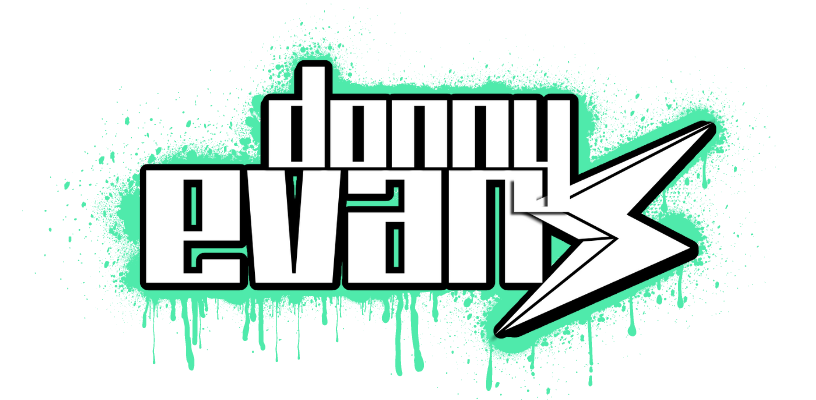Shutter Speeds and Bill Feeds: A Photographer's Guide to Pricing Like a Pro
Beach Weather – ‘Pineapple Sunrise’ Tour ‘24, Atlanta, Georgia
Introduction
In the glitzy realm of photography, where light and shadow dance on the whims of perception, lies the ever-daunting question: "What should I charge my client?" Whether you're capturing the raw emotional outpour of a rock concert or the intimate, whispered vows at a sunset wedding, the journey from clicking the shutter to cashing the check is fraught with uncertainty and confusion. But fear not, intrepid artist, for today we embark on a quest to demystify this enigma, guided by yours truly.
Lit for People Magazine – Smith’s Olde Bar, Atlanta, Georgia
Know Your Worth
Before we dive into the numbers, let's get philosophical. Pause and ponder, what is your art worth? Take a moment to reflect on your skills, experience, and the value you bring to the table. Are you a seasoned pro with a portfolio that could rival the Louvre? Or are you just starting out, eager to make your mark on the world? Your expertise level will play a significant role in determining your rates. First and foremost, recognize that your photography isn't just a commodity; it's a piece of art infused with your unique perspective. It’s about seeing the world through a lens, quite literally, that no one else has. Avoid second-guessing your talent or undercutting your worth. Know your value, and don't be afraid to assert it.
Cost Breakdown: The Unseen Backbone
To arrive at a fair price, you must first unravel the tapestry of costs involved. This includes the palpable, like equipment, studio rental, and travel expenses, and the often overlooked, such as the hours of post-production, consultation time, and the myriad insurances. A good photograph might seem like a moment seized in eternity, but it's built on a foundation of hard graft and investment.
Pricing Models: The Art and Science
When it comes to pricing models, there's no one-size-fits-all; however, here are a few to consider:
Hourly Rate: Best for events or shorter shoots, but remember, the clock doesn’t stop at the click.
Per Project: Ideal for gigs with a defined scope, like a brand campaign or commercial shoots where outcomes are more definable.
Licensing Fees: Used mainly in commercial photography. Your creativity is a gift that keeps on giving, price it as such.
Remember, the structure you choose must cover costs, pay yourself a salary, and leave room for profit. This profit isn’t just money in the bank; it's your reinvestment in your art.
Raye and Absolutely – Variety Playhouse, Atlanta, Georgia
The Dance of Negotiation
Negotiating prices is akin to a tango – it takes two to find the rhythm and both must want to partake in the first place. In my experience, I’ve found that negotiating rates is often more trouble than it’s worth. Regardless if my approach is right or wrong, I am of the mindset that I am not a car dealership; therefore, my prices and services are non-negotiable. Modifications are always welcomed in the form of adding services and products to an existing one, but I will not negotiate a price that is lower than my base rate. Although it’s perfectly acceptable (and somewhat expected) for a prospect to inquire, it’s also okay for you as a vendor or freelancer to entertain their proposition, or respectfully decline it altogether. Being transparent about your costs upfront and setting clear expectations can lead to a harmonious outcome. Yet, if you choose to negotiate your rates, stand firm in your self-worth; if a client can’t appreciate your vision, they might not be the audience you’re playing to.
The Encore: Added Value
What makes a photograph not just a photograph? It's the story it tells, the moment it encapsulates. Consider offering your clients something unique, be it a special editing style, unique prints, or an immersive experience. Added value doesn’t have to mean added costs, just added thought.
Sample Price Structures: A Starting Point
It's difficult to prescribe specific prices, as they will fluctuate based on location, experience level, specialization, and client’s needs; however, laying out a guideline helps:
Studio Portraits: $400 - $800 per session
Events: $2,000 - $5,000+
Commercial: $500 - $2,000+ per day, plus licensing
Again, adjust these figures based on your costs, market, and value proposition.
NEEDTOBREATHE – Moon River Music Festival ‘23, Chattanooga
The Review: An Evolution
Just as your skill with the camera evolves, so too should your pricing. Regularly review your costs, market rates, and the value you deliver. It’s about fine-tuning the aperture of your business acumen to let in just the right amount of profitability and sustainability.
Final Thoughts: The Snapshot
Charging for your photography services isn't just a financial decision; it’s a declaration of your value, a testament to your skill, and a reflection of your passion. It’s also the light you bring to a project that makes it truly shine. In the end, it's not just about what you charge, but the value you place on your vision. Navigate the complexities of pricing with confidence, daring to price your services not merely for what they seem, but for the stories they tell, the moments they capture, and the memories they enshrine.
So, there you have it, my fellow photography aficionados: a crash course in pricing your passion like a pro. Remember, finding the perfect price point is a delicate dance—one that requires equal parts skill, strategy, and a healthy dose of self-assurance. So, go forth, my friends, and may your wallets be as full as your memory cards. Until next time, keep shooting keep creating, and above all, keep your dreams alive!





